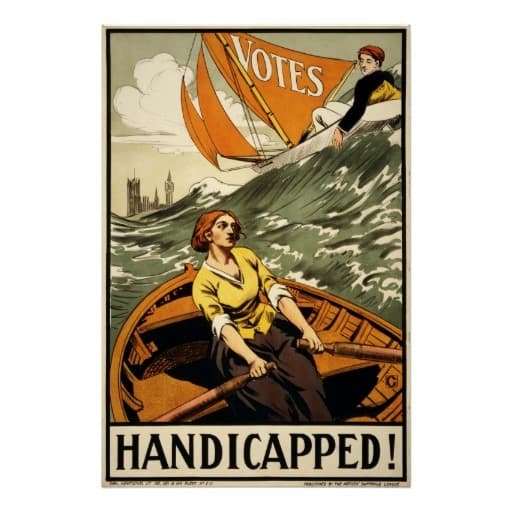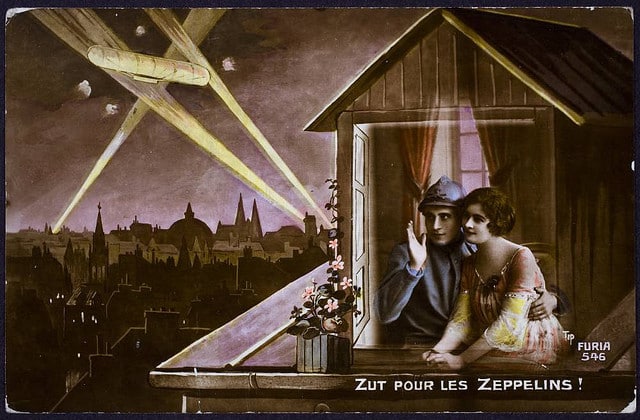 I’m a big fan of using mock trials – they embody critical thinking in the classroom. Over the years I wrote a number of cases which proved to be effective tools for improving student analytic skills and Common Core skills. Here’s two posts from my blog on using them in the classroom. And here’s a link to two mock trials and an appeals case that I developed.
I’m a big fan of using mock trials – they embody critical thinking in the classroom. Over the years I wrote a number of cases which proved to be effective tools for improving student analytic skills and Common Core skills. Here’s two posts from my blog on using them in the classroom. And here’s a link to two mock trials and an appeals case that I developed.
This week we will be visited by Ms. Barbara Rost, program director, Classroom Law Project. She will guide us through a mock trial – The People Vs Carter (2.4mb PDF) – and provide resources for law related education. (Be sure to follow that link – loads of lesson plans!)
Barbara graduated with a Bachelor of Science from Portland State University after using the 11-year plan to earn her degree, something she does not advocate for others. Three years later she earned her J.D. from Lewis & Clark Law School. She enjoys combining her interests in law and education in her work at Classroom Law Project. She is married, has two daughters in college and a really cute dog.
Classroom Law Project is a non-profit organization dedicated to bringing civics, government and law to Oregon classrooms K-12. Teachers and students know CLP through programs such as mock trial, con team, Law Day conference (for students), Civics Conference for Teachers, court tours, weekly current events, professional development and more. CLP makes civic education fun. Its mission statement: Classroom Law Project is a non-profit organization of individuals, educators, lawyers, and civic leaders building strong communities by teaching students to become active citizens.
Image credit: John Dodgson / Mug Shot / 1930s
This mug shot comes from a police identification book believed to be from the 1930s. It was originally found in a junk shop by a member of the public and subsequently donated to Tyne & Wear Archives & Museums. No information is available to confirm which police force compiled it but evidence suggests it’s from the Newcastle upon Tyne area.
This image is part of the Tyne & Wear Archives & Museum’s set “Newcastle upon Tyne criminals of the 1930’s.” Accession no. DX1190




